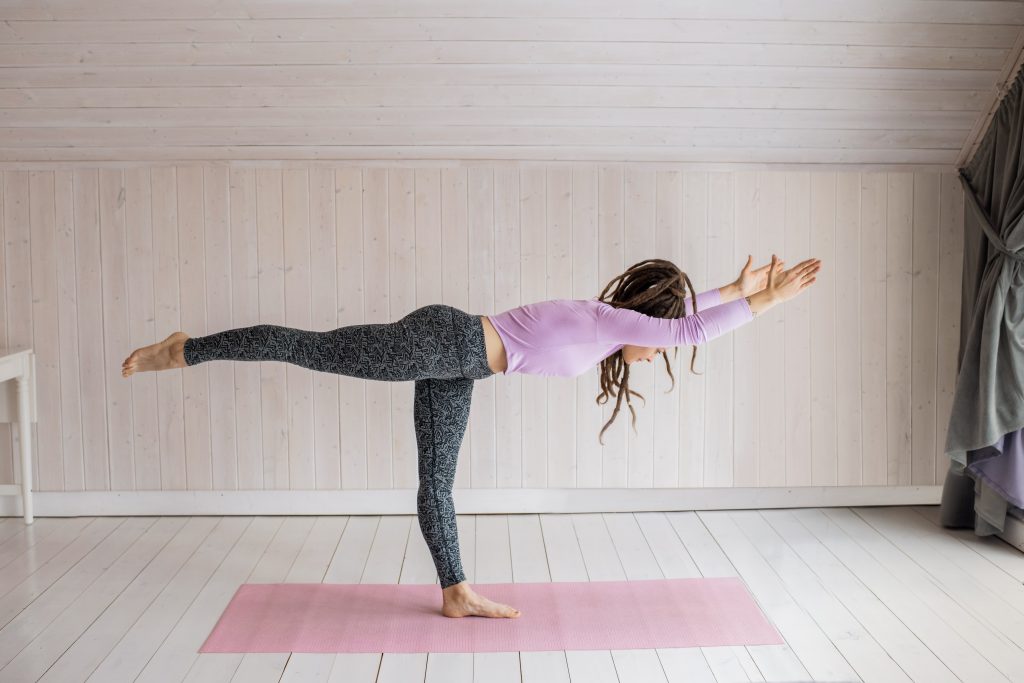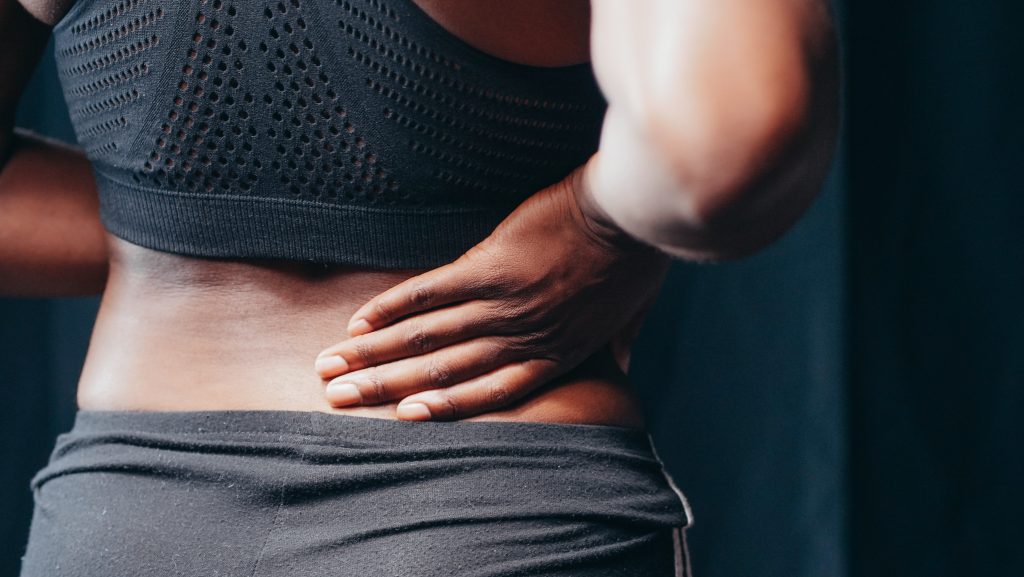You will often see advice for people who find it hard to muster up the motivation to get up and work out. But some people have the opposite problem, they are so keen to work out that they don’t give their body enough time to rest.
This actually slows down their gains and can make them more prone to the type of injuries that could have them not doing what they love for an extended period of time.
So, today we are going to talk about the all-important question of rest. Specifically, we are going to look at why you need to incorporate rest into your workout routine and how much rest you need to optimize your results.
We are also going to look at exactly how long you can take off from working out without losing your gains, and how long you might expect to be out of the game if you do find yourself recovering from an injury.
The Role of Rest
Anyone who works out seriously has probably heard about the importance of taking rest days.
In a nutshell, when you work out, you damage your body’s muscles. So, after a workout, they need time to repair. It is actually during this repair time that your muscles grow stronger. If you don’t give the muscles time to repair you miss out on gains, and you are more likely to injure yourself as you are damaging already damaged muscles.
However, anyone who works out serious has also been involved in conversations about how rest days are a waste of time, and that you can work out more often if you just take the right combination of supplements, plunge into an ice bath daily, or give your muscles regular electro-stimulation therapy.
There certainly are things that you can do to speed up the muscle recovery process and minimize the amount of time that you need to rest. These do include getting enough protein (read our guide to protein powders here), a good creative supplement (see our creatine guide here), proper hydration, and a good night’s sleep. You can also try tricks such as compression garments, cryotherapy (yes, those ice baths), and infrared or electro-static massage. But while these might minimize the amount of time that you need to rest, rest is still required.
How Long Should You Rest Between Workouts?
While general rules exist for how long you should rest between workouts, and obviously we are going to talk about those, everyone is different. How much rest you need depends on your body and what you are doing. So, it is essential that you listen to your body and let it guide you.
But let’s look at some generally applicable information that should help you understand what your body is telling you.
First of all, studies suggest that you should take a minimum of 24 hours rest between heavy and intense training sessions of a muscle group. This is because it takes about 24 hours to fully replace your muscle’s store of carbohydrates.
This is why it is recommended that you alternate which muscle groups you train. If you do legs one day and then upper body the next, you can then return to legs on the third day having had 48 hours of rest. Of the very intense might do legs in the morning, arms and shoulders in the evening, core the following morning, and then return to legs that same evening, still giving their leg muscles a full 24 hours to recover.
However, you should also rest for several hours between any intense workouts. This is to allow your body to properly replace the fluids that it has lost during exercises, which usually takes a minimum of two hours.
If you are focussing on cardiovascular workouts, you should wait in excess of 12 hours between workouts as this is how long it takes for the increase in the activity of enzymes and glucose transporters that you gained in your previous workout to take effect.
But just because these are the minimum rest periods does not mean that they are the optimum rest periods. Research suggests that longer rest periods, during which you give your body more time to engage in protein synthesis, can actually help you build muscle and grow endurance faster.
This is why the consistent advice that you will see is that you should take one rest day every three to five days if you work out intensely. Experts also recommend taking a week off every eight to twelve weeks if you exercise intensely on a consistent basis.
But, of course, rest days do not mean sitting around doing nothing. The best rest days are in fact “active” rest days, where you do light activity that actually helps your body recover. The best type of activities? Medium to long walks, light yoga and stretching, massage, snorkeling, and more.

How Do You Know If You Are Overtraining?
Even if you follow this advice to the letter, you can still find that you are overtraining and hurting rather than helping yourself. This is because everyone is different, and because hundreds of other factors also influence how much time it takes for you to recover.
In particular, your diet and how well you sleep have a big impact. Your mental stress levels can also stunt muscle recovery, and even not getting enough sunlight can make it harder for your body to repair itself as quickly as you would like.
So, how do you know when you are overtraining and that you need to take things a bit more slowly?
Injury and ongoing muscles soreness are the most obvious sign that you are pushing too hard. But also, if you find that you get sick regularly (always picking up a cold or a stomach bug) or that you are constantly fatigued, this is your body telling you to slow down.
Muscle fatigue also affects you mentally as your intelligent brain uses tricks to try and stop you from doing more damage to your muscles. So, if you find that you are dreading your workout or you are just feeling very unmotivated, this might not just be laziness. If these feelings are out of character for you, it is probably your body telling you that you need to slow down.
You might also notice that your performance is stagnating or even falling, or that you are gaining weight. This is because if you need time to recuperate, exercising can have a negative effect on your body.
How Long Can You Take Off From Working Out?
But one of the big concerns when taking time off is taking off too much time and losing some of the gains that you have worked so hard for.
So, exactly how long can you take off without losing any of your gains?
Again, while everyone is different, most people can take off about two weeks from their training sessions without losing any of their gains. You might feel a bit slower or weaker during your first one or two workouts back, but you will be back to where you were in no time.
As a general rule, the fitter you are, the longer you can take off without suffering losses, and the younger you are, the more time you can afford to miss. For example, studies suggest that people over 65 tend to lose their strength and stamina about twice as fast as people between the ages of 20-30.
While there is no difference between men and women in general, women post-menopause tend to lose their gains the quickest and take the longest to get back to where they were.
But let’s take a closer look, since the “residual training effect”, which is the amount of time that your body retains adaptive changes from training, is different for different types of fitness.
If you are training for speed, you will start to slip in your gains after just five days of not training.
However, if you are training for muscle endurance, you can expect it to take 20 days for you to start losing what you have gained.
Muscle strength on the other hand has a residual training effect of a full 30 days.
Anaerobic endurance holds on for about 18 days.
Since most forms of exercise include a combination of these elements, this is why two weeks is the sweet spot for the maximum amount of time you should let yourself “holiday” from your workout schedule.
If you do have some losses when you come back after a break, it is not as though you are starting from scratch again. You will regain the fitness and strength that you lost much faster than it took you to build it in the first place.
As a general rule, the fitter you were to start with, the faster you will get back to where you were.

Recovering From Injury
Sadly, it is not always up to you how long you need to take out to rest. If you injure yourself, you need to take time out or your risk potentially re-injuring yourself and leaving yourself benched for even longer.
How long you need to take to recover from injury depends on you and the type of injury. Returning from a serious injury should always be done in consultation with a medical professional.
As a general rule, you should wait until the injury no longer hurt when asked to do regular day-to-day tasks before trying to push it to do more.
When the pain has completely subsided for a few days, you can then tentatively try to get back into your workouts. But you can’t just pick up where you left off. You need to slowly test the limits of what the injured part of your body is capable of doing, reducing weight, repetitions, and other elements of strain, and slowly building back up.
It can be difficult to be patient but bear in mind that when dealing with an injury, it will probably take about as long as you were out to get back to where you were.
The Verdict
For those of us who enjoy working out and live for seeing those small daily gains, taking time out to rest can actually be incredibly challenging. Skipping a day at the gym can feel physically painful!
But rest is an essential part of any good workout routine. It prevents you from injuring yourself, and not being able to do what you love, and proper recuperation also helps you to see gains faster.
While there are many things that you can do to speed up your body’s recuperation process, there is just no escaping that sometimes, you just need to give yourself a break.
In this article, we have looked at the minimum amount of rest that most people need, the optimal amount of rest of the most gains, and the maximum amount of rest that your body can tolerate without losing gains.
But while these are good general guidelines, everybody is different. You need to listen to your body to figure out what it needs to give you its best performance.
References

